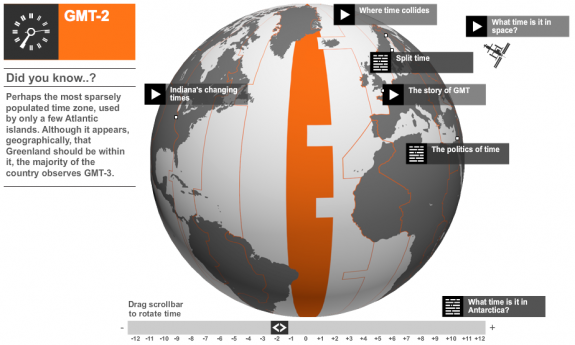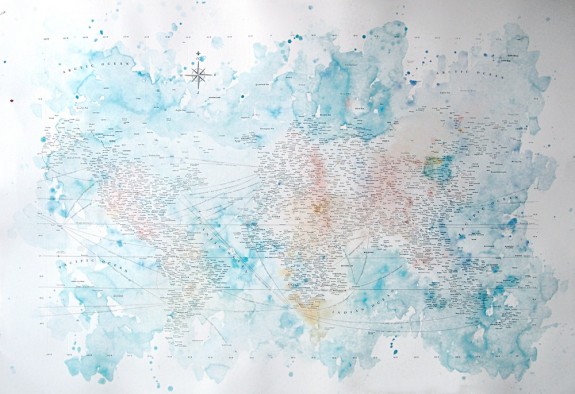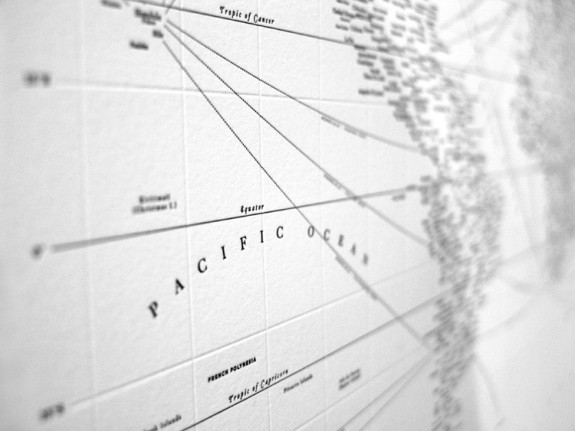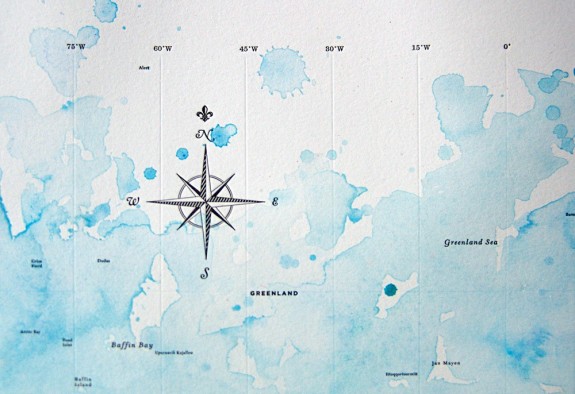By John Timmer, Ars Technica
Yesterday, the Physics Nobel Prize went to a group of researchers who found that what we expected about something as basic as the structure of the universe was wrong. Today, the Chemistry Prize has gone to a lone researcher who overturned something even more basic: His discovery of what’s now termed a quasicrystal actually triggered the redefinition of what a crystalline solid is.
It’s easy to find a representation of a typical crystal in any chemistry textbook, which will typically show an orderly arrangement of atoms, spreading out to infinity. These crystals, which are as easy to find as looking in the nearest salt shaker, look the same no matter which direction you look at them. There are a limited number of ways to build something with that sort of symmetry, and chemists had pretty much figured they identified all of them. In fact, the International Union of Crystallography had defined a crystal as, “a substance in which the constituent atoms, molecules, or ions are packed in a regularly ordered, repeating three-dimensional pattern.â€Enter Israel’s Daniel Shechtman, who was working with a rapidly cooled aluminum alloy with about 10 to 15 percent manganese mixed in. Shechtman put his sample under an electron microscope to generate a diffraction pattern, in which electrons are bounced off the atoms in an orderly crystal structure, creating a bunch of bright and dark regions that tell us about the positions of the atoms themselves. The diffraction pattern Shechtman saw, shown above, didn’t make any sense — it showed a tenfold symmetry, something that any chemist, including Shechtman, would know was impossible.
In fact, his notebook, which is also still around, has three question marks next to the point where he noted the sample’s tenfold symmetry.
His boss apparently thought he had lost it and, according to the Nobel’s press information, bought Shechtman a crystallography handbook to tell him what he already knew. But Shechtman was persistent, and sent his data to others in the field, some of whom took it seriously.
Fortunately, there was some precedent for the sorts of patterns he was seeing. Mathematicians had studied Medieval Islamic tiling that contained repeated patterns that lacked symmetries, and had developed methods of describing them. This Penrose tiling (named after Roger Penrose, a British mathematician) could also be used to describe the sorts of patterns Shechtman was seeing in his crystals.
Despite the mathematical backing, Shechtman’s first publication on the topic met fierce resistance from some in the crystallography community, including Nobel Laureate Linus Pauling. What gradually won the day for him was the fact that other researchers were able to quickly publish related quasicrystalline structures — some of them may have actually seen this years earlier, but didn’t know what to make of the data, so they left it in the file drawer.
Enough labs published results that it became impossible to contend that they all needed a remedial trip to a crystallography textbook, and the consensus in the field went in Shechtman’s favor. Eventually, the International Union of Crystallography even changed its definition of a crystal to accommodate what was once thought to be impossible. And, more recently, researchers have even described a naturally occurring quasicrystal.
The Nobel Prize literature cites a number of interesting properties of these substances that might eventually be turned into useful materials. Quasicrystals, even purely metallic ones, tend to be very hard (although prone to fracturing). Their unusual structures make them poor conductors of heat and electricity, and can help create a nonstick surface. There is some hope that, because of their poor heat conductivity, they’ll make good materials for converting temperature differences directly to electricity, allowing the harvesting of waste heat.
Still, the Prize isn’t being awarded because quasicrystals could have commercial applications. Instead, it’s being awarded because Shechtman demonstrated that he could reliably reproduce what we once thought was impossible.
Top image: The symmetry pattern of electron diffraction in Shechtman’s quasicrystal. (Nobel Media)
Source: Ars Technica
See Also:
- Nobel Prize in Physics Awarded: Fair or Foul?
- The Crystals at the Center of the Earth
- Nobel Prize for the Chemistry of Protein Production
- Cell Illuminators Win Chemistry Nobel









